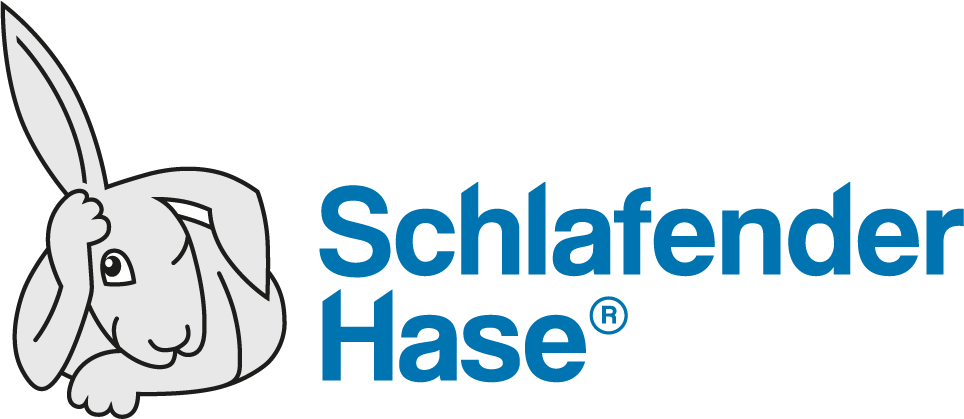Information and data management is an integral part of regulatory compliance across the globe, particularly in the highly regulated pharmaceuticals and medical device industries. These systems support industry by providing highly specialized as well as essential services. Companies benefit from these by being able to develop harmonious strategies and systems that evolve as regulations change. Whether you are currently using information management systems or just setting out, there are some key aspects you need to consider if you want to get it right. This will also be the topic of an upcoming webinar on 23 February 2021.
What do we mean by an information management system?
When we talk about information management systems – or content management systems for regulated markets – in the pharma and medical device industries, we generally mean software such as Regulatory Information Management Systems (RIM), Laboratory Information Management Systems (LIMS), AMS (Artwork Management Systems) and Labeling Systems. Those in the industry are likely to be familiar with these and may already be using them. When implementing a system, there are many things to consider. At Schlafender Hase we do not sell or implement these systems; however, we use information from these systems every day and have learned from working with and integrating with these systems for almost 20 years. Additionally, we have a unique perspective; we see both sides. We see both the Submitters’ side and Health Authorities’ side since many Regulatory Bodies use TVT. This gives a unique perspective on how both sides could manage and use information systems for mutual benefit.
Addressing three key aspects of information management systems
Generally, we can talk about three key aspects: information storage and management, change management, and the business benefits of these.
Information storage and management includes not only the software itself, but also having a clear understanding of where and how your information is stored and used. Or to put it another way, it answers the key questions: Who is the expert that provides/maintains this information? Who consumes this information? How can this information be leveraged effectively?
Just one example is the company core data sheet (CCDS). Many different groups have input into the creation and maintenance of the CCDS. This information is required for submissions and Product Packaging, but it is also essential for marketing and promotion. Frequently different sections of the CCDS overlap and there must be discussion and negotiation. How do you facilitate this process?
Systems must reach across functions and responsibilities. Plan for this and you are in a good position to maximize the benefits. In terms of flexibility, systems must also be integrated with other systems and processes, because the information and regulations are continually changing.
Change is a constant. Develop change management checklists, tie in your regulatory information activities to lead change management, develop single sources as much as possible, and again – because this factor is crucial – ensure your systems are harmonious. In larger pharma companies where systems have a habit of growing in scope and functionality this means making sure to revisit your overall information systems and processes and that your systems and tools can speak with one another (see TVT Connect Integrates TVT®). Are you controlling and storing the data while leveraging the information to maximize its value? Smaller companies often have an advantage of starting from scratch, so the key point is to consider these aspects right from the start.
Let’s look at one recent example of change that has affected many companies: the departure of the United Kingdom from the European Union (Brexit). Is your company ensuring that everyone across departments has access to updated information relating to Brexit in the information management systems? This might be something as simple as the correct MAH (Marketing Authorization Holder) address, but Brexit also impacts other information at the heart of your operations.
So what happens when a company gets it wrong? Here we’re talking about the business benefits of best practices and the pitfalls of a poor strategy. Information is a valuable resource, so it should be managed, shared and used efficiently – not repeated or allowed to remain uncontrolled. Here we are addressing the very core of the business. For example, medicines may be patent protected for a limited period of time, and this time must be maximized. It is crucial, therefore, to achieve your launch dates, introduce changes in a timely fashion, use your information systems to remain compliant, and keep your product safe and on the market.





